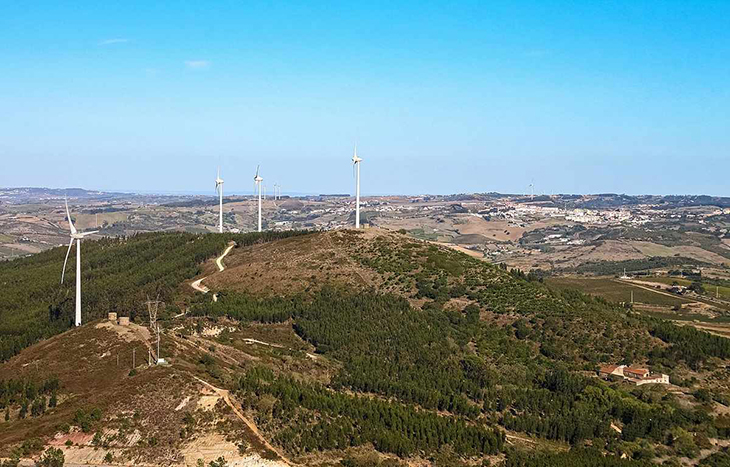
In a geographical region known for both its geographical and climatic diversity, the Iberian Peninsula has an incredible opportunity for harnessing tons of green energy.
Portugal and Spain, the two nations residing on this peninsula, have recognized and embraced this potential, making significant strides towards powering their societies predominantly through renewable sources.
Portugal recently achieved a remarkable milestone, shattering a 9-year record. In March 2023, the nation managed to generate a remarkable 103% of its monthly energy consumption from renewable sources, a feat that speaks volumes about the country’s commitment to sustainable energy. The announcement was made by Portugal’s transmission system operator, REN.
Looking ahead, Portugal already has its sights on an impressive goal, to meet all its electricity needs solely through the utilization of natural energies by the year 2040. However, even in the midst of this transition, an essential lesson emerges – the importance of transparency. Despite surpassing the threshold of renewable electricity generation, Portugal’s consumption wasn’t consistently aligned with this green energy surge. Fossil fuels still retained a presence in various sectors and at different times.
Nature’s unpredictability is an unavoidable facet of the renewable energy landscape. Portugal’s extraordinary achievement in March was contrasted by a mere 6% generation in the same month the previous year due to unfavorable drought conditions. This variability underscores the challenges of fully relying on renewable sources but also highlights the resilience and potential of Portugal’s energy transformation journey.
Spain, another prominent nation on the Iberian Peninsula, is poised to make history as Europe’s pioneer among the “Big 5” economies in terms of renewable electricity generation. According to Rystad Energy’s forecast, Spain is projected to exceed the 50% mark in terms of electricity sourced from renewables, solidifying its commitment to sustainable energy practices.
The backbone of Spain’s renewable energy sector is comprised of solar, wind, and hydroelectric sources. Incredibly, Spain’s energy landscape also includes ten nuclear power stations, an aspect that warrants attention. While nuclear fission doesn’t produce CO2 emissions like traditional fossil fuels, it often falls under the fossil fuel category due to its shared association with energy generation.
Further inland is Germany, which happens to be a nation renowned for its dedication to environmental initiatives, which totaled 52.3% in the first six months of 2023. This was higher than last year by 3.1%.
Notably, the installation of rooftop solar systems in 2023 more than doubled the numbers from the preceding year. Unlike Portugal and Spain, Germany has also nurtured a thriving bioenergy sector. By extracting substantial electricity from organic waste, Germany showcases its multifaceted approach to green energy adoption.
As Europe experienced milder weather conditions in July compared to the scorching heat waves and drought of the previous year, a favorable environment emerged for optimal renewable energy collection. This climate condition underscores the potential of green energy sources to thrive under better weather patterns and contributes to the broader narrative of sustainability.
What are your thoughts? Please comment below and share this news!
True Activist / Report a typo


